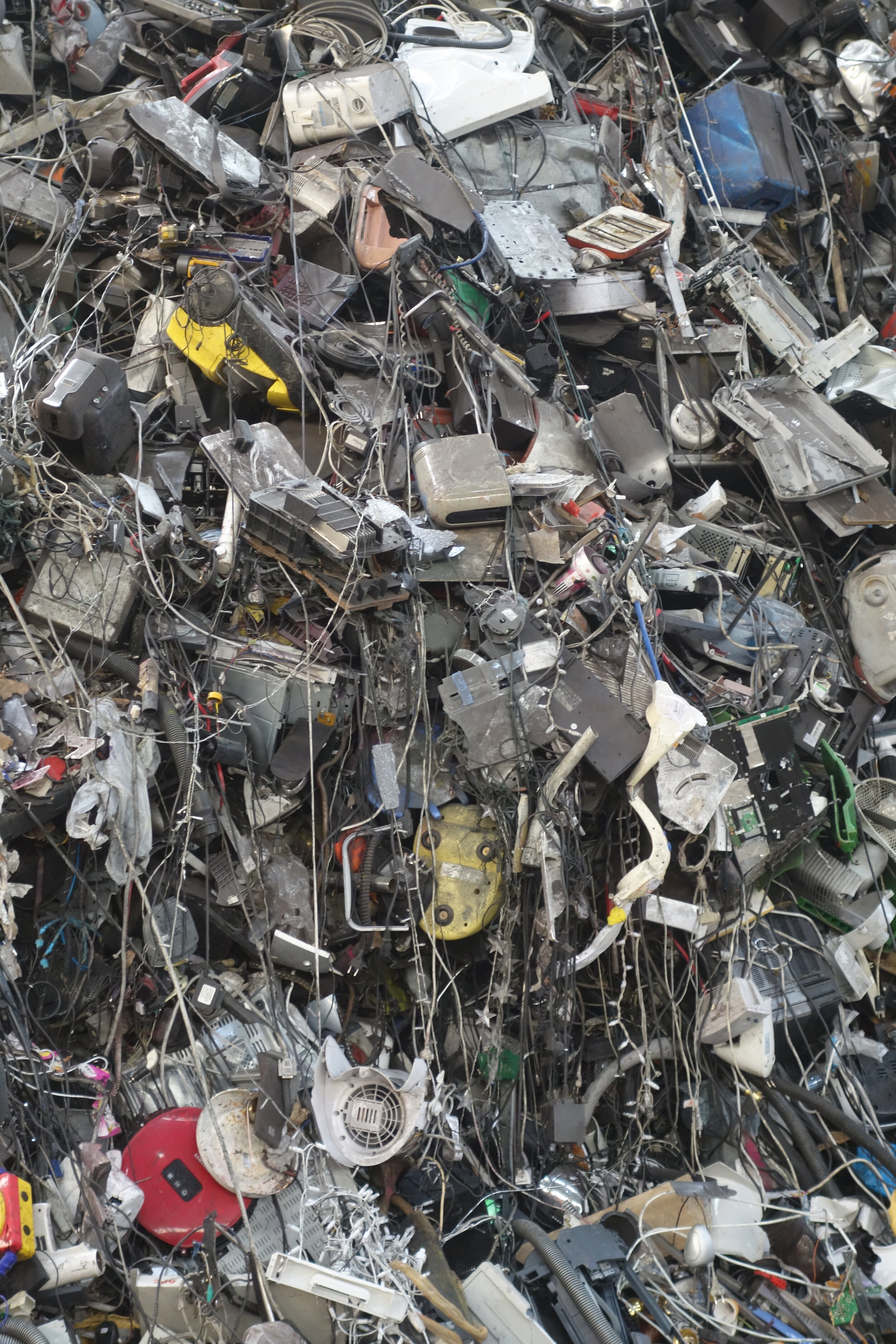Waste is material that is perceived differently depending on the context. Whether it is a promising resource or the unavoidable leftover: what becomes waste cannot be disposed of without trace.
The interdisciplinary team of the research project Times of Waste tracks paths and transport routes of (waste) materials and objects. For electronic waste, the transformation processes and revaluations of a smartphone and its components are examined. It is a regular everyday device that leaves many types of waste. The greatest amount of waste, however, is produced long before it is used for the first time. Especially in the "extraction" of raw materials such as neodymium, which is mined under precarious ecological, socio-economic and health conditions, huge amounts of waste are produced.
With presentation formats such as exhibitions, an audio walk, project workshops, panels, text publications and the smartphone object biography Times of Waste initiates a public discussion and debate on these questions. The goal is to break the cultural connotations of waste and to encourage the sustainable use of raw materials.
https://times-of-waste.ch (project website)
























